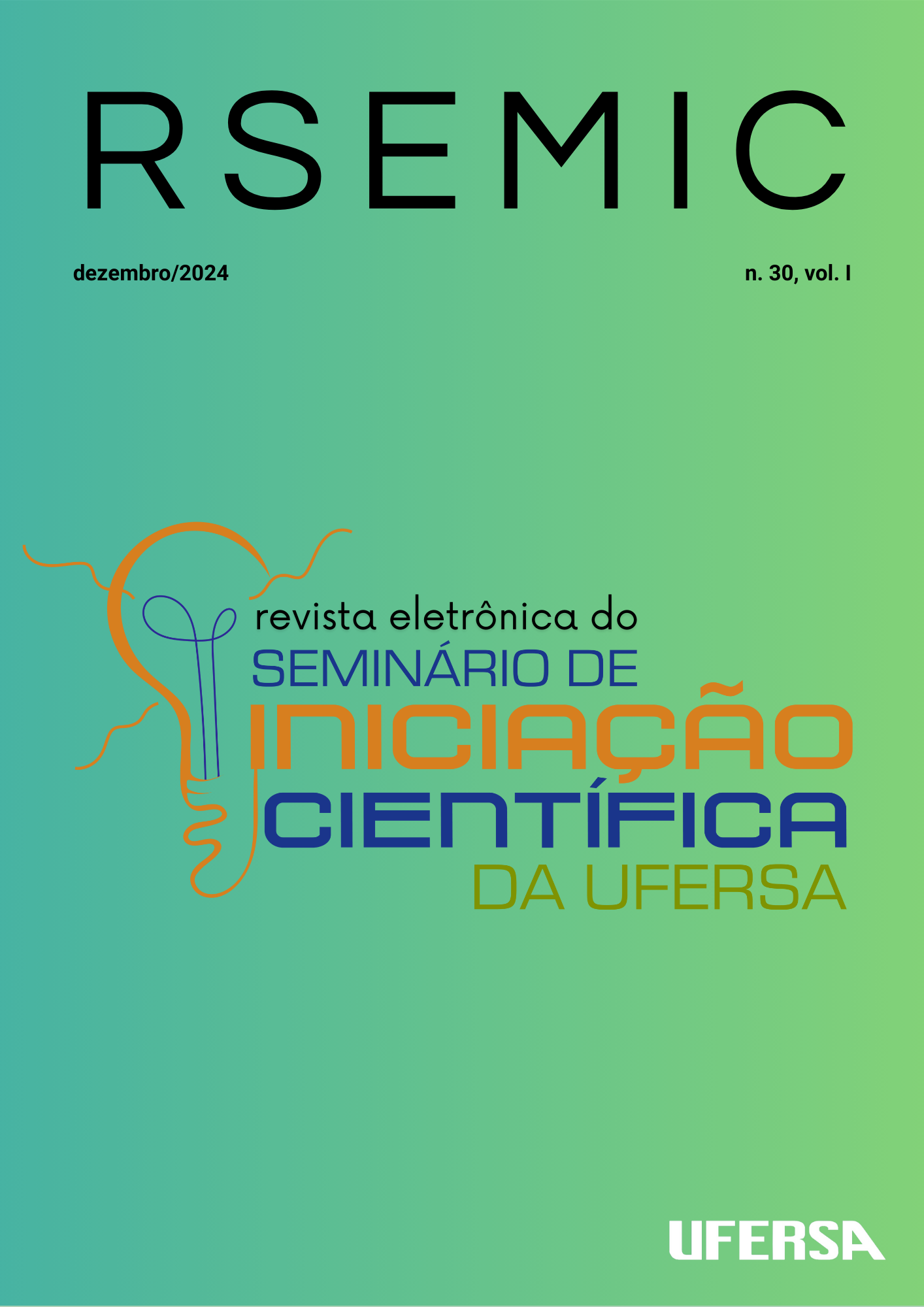Processo de secagem de tijolos ecológicos: experimentação e simulação.
Palavras-chave:
Energy, ecological, drying of solid bricks, mass and heat transfer, and cracks.Resumo
Área temática: Ciências Exatas e da Terra, Engenharias e Multidisciplinar
PROCESSO DE SECAGEM DE TIJOLOS ECOLÓGICOS: EXPERIMENTAÇÃO E SIMULAÇÃO
Vicente Fernandes de Souza Neto 1, Rosilda Sousa Santos 2, Marcelo Augusto Pessoa Noronha 3, Lucas Gabriel Oliveira Gondim 4
The production of ceramic bricks involves several stages: raw material extraction, lamination, drying, and firing. The drying stage, which removes water from the bricks, is one of the most energy-intensive steps, making it essential to understand the process to optimize energy usage. Experimental drying, using an oven, is a valuable tool for replicating industrial drying stages, especially for eco-friendly bricks, enabling the investigation of key parameters. By comparing simulation results with experimental data, it is possible to determine the heat transfer coefficient at different temperatures, contributing to more efficient production.To enhance the drying process, this study evaluates the drying of solid bricks both numerically and experimentally. A three-dimensional model is applied to predict mass and heat transfer and simulate the distribution of moisture and temperature within the bricks, considering factors like symmetry, constant thermophysical properties, and volumetric shrinkage. Experiments were conducted using solid ceramic bricks manufactured at UFERSA-CAMPUS-CARAÚBAS, with drying temperatures tested between 60 and 100°C.The results indicate that lower drying temperatures, such as 60 and 70°C, combined with relative humidities of 40.1% and 44.3%, respectively, allow for gradual drying, reducing the likelihood of defects such as cracks and warping. Conversely, higher temperatures, such as 80, 90, and 100°C, produce significant temperature and moisture gradients, leading to internal stresses that often cause fissures, particularly around the vertices.Thus, this work contributes to a more efficient and sustainable brick production process, while enhancing product quality through the application of numerical simulations to optimize drying. This approach reduces raw material waste and energy consumption.
Palavras-chave: Energia, ecológicos, secagem de tijolos maciços, transferência de massa e calor e fissuras.
Agência financiadora: UFERSA-CARAUBAS, PIBITI/CNPq.

